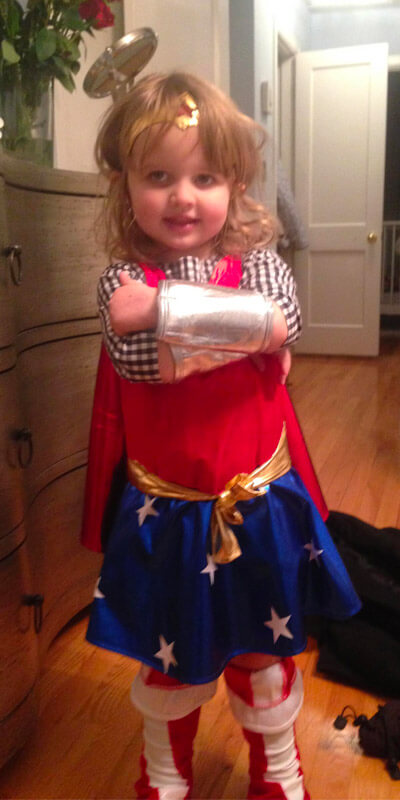 School climate promotes — or complicates — a student’s ability to learn and achieve academically. This is common sense. To the extent that students feel safe, cared for, appropriately supported and lovingly “pushed” to learn, academic achievement should
School climate promotes — or complicates — a student’s ability to learn and achieve academically. This is common sense. To the extent that students feel safe, cared for, appropriately supported and lovingly “pushed” to learn, academic achievement should
increase. This is, in fact, what a series of studies from the United States and abroad has shown. Positive school climate is directly related to academic achievement. – The School Climate Challenge, National School Climate Center (NSCC)
The first book I read years ago when I became interested in the issue of bullying prevention was Schools Where Everyone Belongs: Practical Strategies for Reducing Bullying by Stan Davis and Julia Davis. And the first conference I attended was the
International Bullying Prevention Association Convention where I was one of the lucky people in the audience at Stan’s workshop.
Without a microphone and speaking as if we were in his living room, Stan shared some of the basics on what makes kids feel good about being in school.
As he sat down and began blowing bubbles through a little wand, similar to what we give our kids as party favors, he shared some of his wisdom. He talked about giving children eye contact, knowing and using their names when they come into school, and
how to engage them in positive conversation. In essence, how to help them be seen.
Years later, Stan, along with fellow researcher Charisse Nixon, Ph.D. went on to reassess how we approach kids about the bullying issue and what advice and actions actually help and which ones don’t (and perhaps even hurt). Once again, their genius is making sure kids feel seen…and heard.
They went to the source and interviewed a diverse group of over 13,000 kids in 5th through 12 Grades.
This isn’t just about school. Their findings were an eye-opener and now they directly influence what advice I give parents – the Go-To Adults. Guiding children on how to help when they witness mean behavior is teaching them critical skills. This is the role of the Upstander — the new and improved Bystander. Peers can learn how to help each other overcome the sting of being on the receiving end of mean behavior.
But all Upstander behavior is not created equal. Although it’s good to ask kids to take action (turning a “bystander” into an “upstander”), training them to “confront” the child acting like a bully may not be the way to go. According to the Youth Voice Project, it’s not the most effective type of help. Instead, kids report that the following list of actions are much more helpful:
Included Me and Spent Time with Me at School
Most Helpful Actions Overall
- Walked or spent time with me at school
- Talked to me at school to encourage me
- Gave me advice (hope)
- Helped me get away; made a distraction
- Helped me tell adults
Encouraged me
Strong positive effects
- Talked to me at school to encourage me
- Called me at home to encourage me
Not every child is bold enough to “Stand Up” to bullies, but most children can be taught how to “Step Up” to help another child out through empathy, inclusion, and seeking help from teachers, parents, coaches, and mentors. In other words – us — the Go-To Trusted Adults.
Positive school climate is directly linked to positive student experience. And a positive student experience makes parents happy because, as the expression goes… We’re only as happy as our unhappiest child.





